Exciting classes offered
It is just after finals and students are still washing away the stress of the long hours spent testing and studying. However, not all classes had your typical exam. Students in Andrew Weaver’s field biology and environmental science spent their testing period building shelters outside in the snow. From field bio to floral arrangement, there are more classes to this school than meets the eye.
Everyone needs the basic 43 credits to graduate high school, however there are a variety of classes to take to get each credit. SAHS has a large collection of classes for every subject with a wide range of difficulty levels.
One of the most popular elective class students take is marketing with Deborah Drommerhausen.
“My favorite teacher is Mrs. Drommerhausen. She is a very passionate teacher, you can tell that she loves what she does.
— Alexa Gibson
“My favorite teacher is Mrs. Drommerhausen. She is a very passionate teacher, you can tell that she loves what she does. She is one of the sweetest people I have ever met and she is always smiling and in a good mood. She treats all of her students like they were her own kids and calls us all honey. Normally when you start a new class it takes awhile to learn everyone’s names but Mrs. D knew all of our names by the second day of class. Her positive outlook on everything makes her impossible not to like. Furthermore, the way she talks draws people’s attention so I find marketing to be interesting and fun and I look forward to that class every day,” said junior Alexa Gibson.
Other classes that students tend to favor are the art classes. There are multiple different art classes offered, but the one that stands alone from the rest is clay.
“Clay is such a unique experience. The idea of what to make is completely your own choice and there really aren’t any restrictions on your creativity. Beyond that, the atmosphere in the room is relaxed and the teacher lets you do your own thing,” said senior Dylan Gores.
It is clear that students enjoy both marketing and clay courses here at the high school. However, there are other fun and engaging classes that less people are a part of, like Weaver’s field biology and AP environmental science.
“The first quarter of field biology is a lot of outdoor measuring and stuff, second quarter we look at ecology, and that’s also true in AP environmental science, then the third quarter is wild life so we have some lectures and the students are actually creating their own field gag so in their three ring binders they’re generating pictures then having some biology of what each critter is; so they’ll have the rodents of Minnesota, the rabbits of Minnesota, the birds of Minnesota then when they’re done it’ll be a binder they can have at their cabins or wherever to identify stuff with. So that is the project in field biology then in all my classes, even AP biology, everybody gets to do a project for the last month of school. And with this you can do a cat dissection if you think your going to go into medicine, some students do that, or you can do a field project where you trap things or hatch things or measure plants or whatever you want to do. There are all kinds of outdoor options we have great equipment here that students can use,” explained science teacher Weaver.
These classes break the boundaries of traditional learning and give students an outlook on school that other people never get to experience.
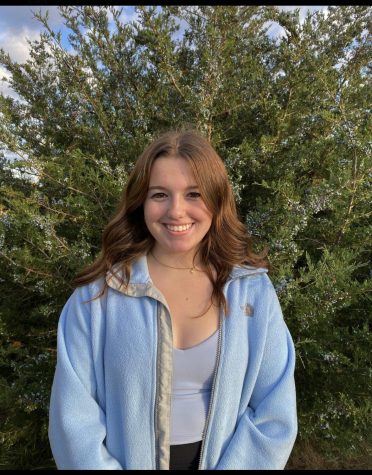
My name is Olivia Braun, I am a junior and a business and copy editor. I dance on the Stillwater Chevals Dance Team and am interested in creative writing...


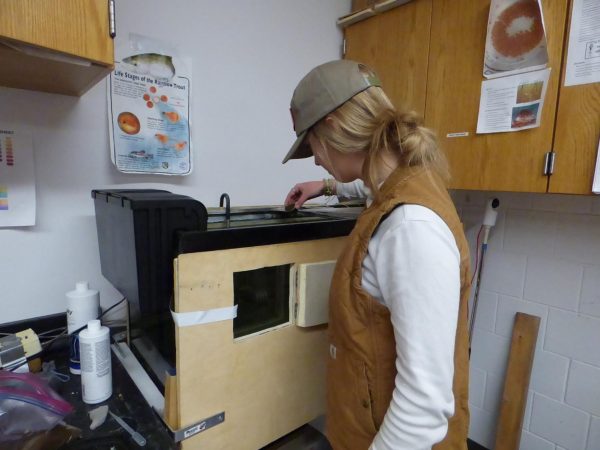
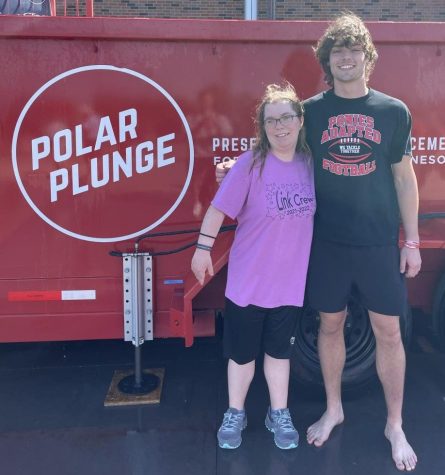
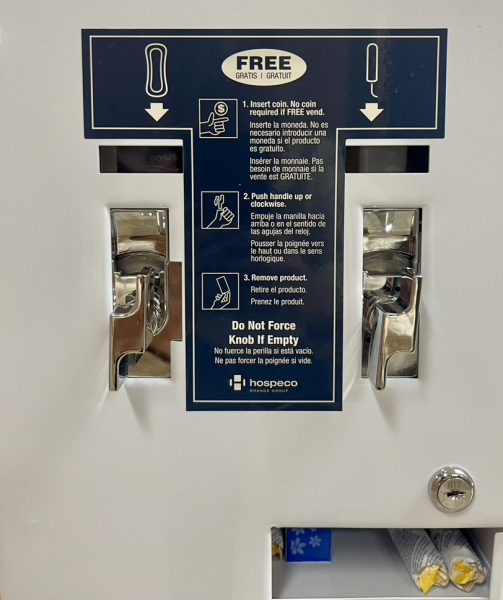

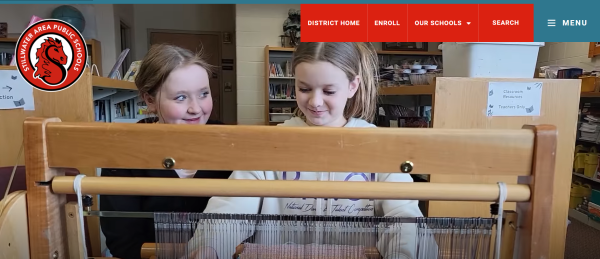

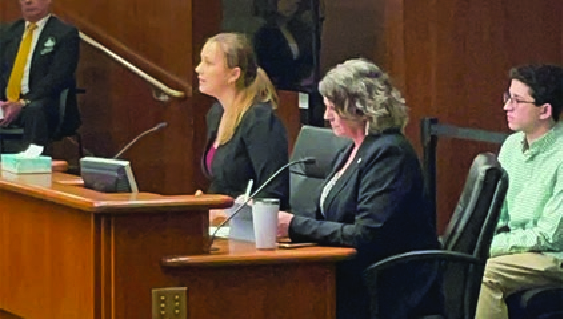
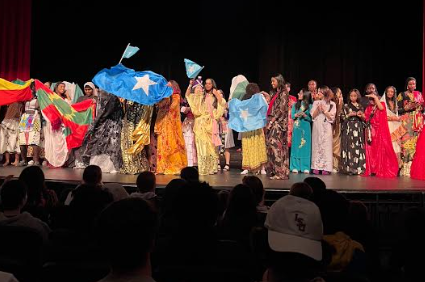
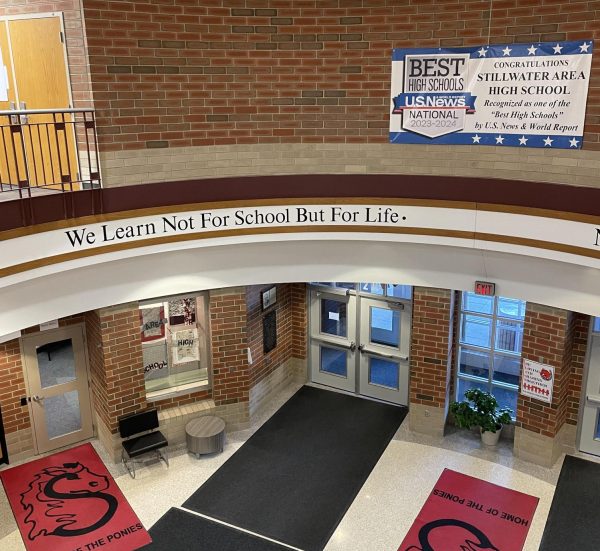
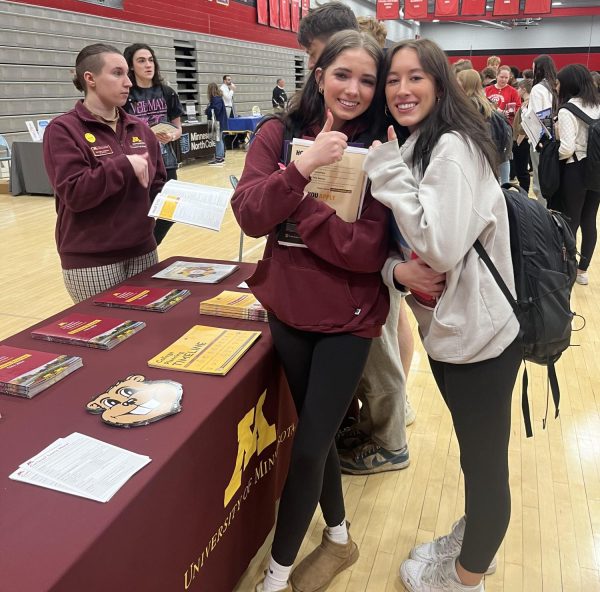
Lexie Sherrick • Apr 1, 2014 at 10:43 pm
I love how it goes through all the classes students think are the best and why they think that! It sums it all up really well and was fun to read while giving useful knowledge about our schools courses.